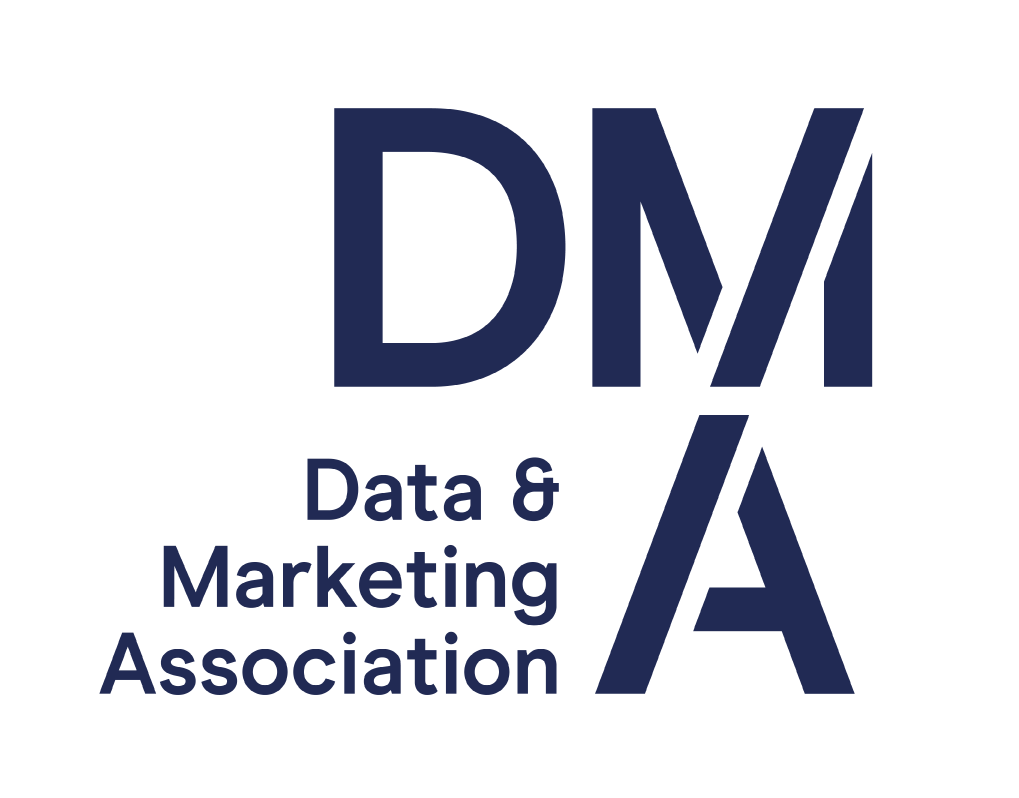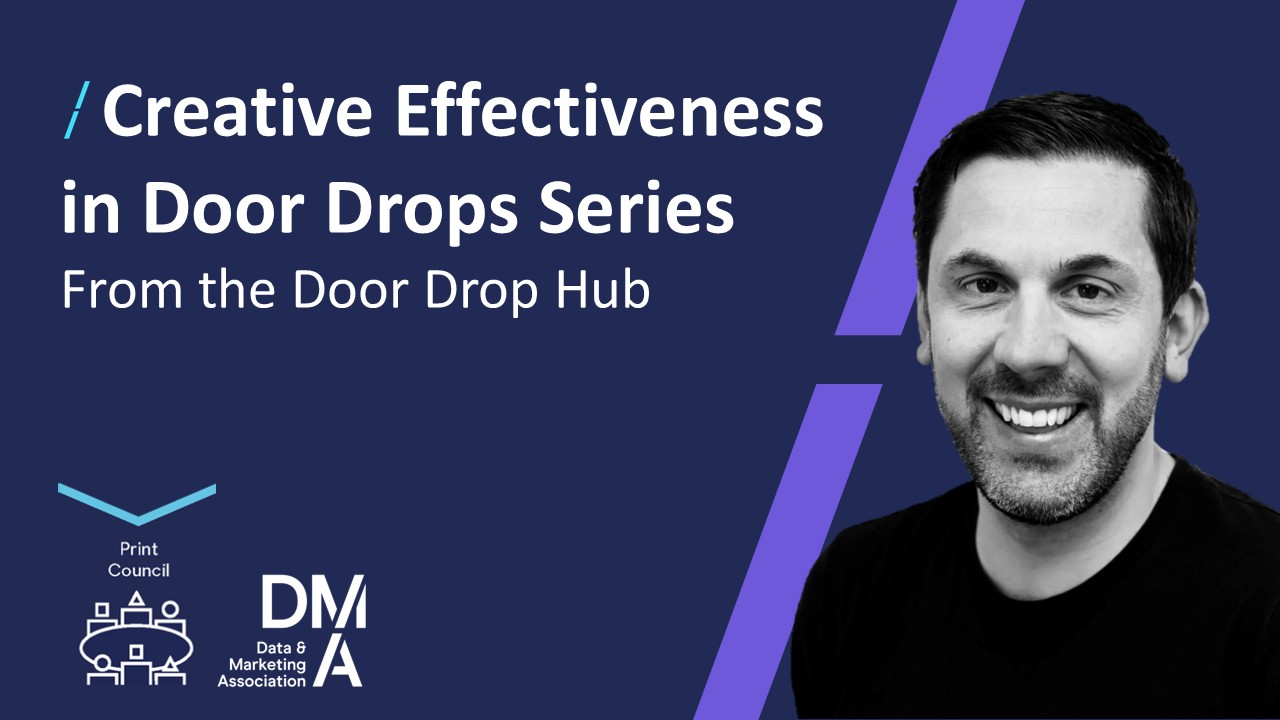4 ways to boost your campaign results
09 Jul 2014
Data can tell you what makes your customers respond to your marketing campaigns, whether it’s delivered by email, direct mail, or even telemarketing.
Why do so many people think marketing data analysis only works for online?
New media campaigns may sound cost-effective – sending a million emails or serving a million impressions may cost just a few pounds. But longer-established media like direct mail and telephone campaigns can deliver far higher response rates making the cost equation balance.
AdWords deals in single-digit click-throughs, while there are banner programmes where 0.1% counts as positive. Yet some direct mail campaigns can achieve an 18% response from a list of just 3,000. How are they doing it?
The answer’s not just about the numbers – but about the words, too.
Here are four ways to boost the performance of your marketing campaigns:
1. Be subjective: look at the first line everyone sees
Many campaigns focus on the mailer’s content. But marketing data analysis starts with the prime commercial property above it: the headline. Whether it’s the first line of your letter, the title on the envelope, or the subject line of your email.
There’s no secret as to why. It’s the first – sometimes the only – part of your marketing communication everyone sees. And it’s often critical to their decision whether to read on.
Marketing data analysis isn’t just “by the numbers”. It’s by the words.
So headlines deserve a lot of attention. What criteria can today’s marketing manager use to get a grip on what works?
2. Dig deep into your past campaigns
The first task is to look back at previous campaign reports. Not at what you thought was good, but what actually worked.
Make a list of all the headlines you used. Then rank them by the simplest metric: whether a recipient responded. (Whether that means opening the mailer, or recalling it when you follow up by phone.)
Then apply two more metrics: whether that recipient visited your website (you can put a unique URL in your letter to find out) and whether they went further down the sales funnel, such as providing their profile data at your squeeze page or landing page. Three valuable sets of data. And all came from an offline campaign.
3. Apply numerical metrics to words
Even without mapping the data into a visual chart (a data consultant can help you do this) you’ll see discrepancies between the best and worst headlines.
Some campaigns had low responses… but high recall when you followed up. Counterintuitive? No. It means the headline wasn’t intriguing, but the content was. (Another reason to pay a lot of attention to headlines.)
And then there are high-interest mailings – where everybody opened the envelope, but nobody typed in the URL or dialled your number. Perhaps the promise of the envelope copy wasn’t paid off by the content inside. Or the content gave away too much, rather than interesting your reader in taking action.
And then there are the campaigns with high numbers, but for only for a subset of your audience. If so, think again about segmentation in your marketing data analysis. It’s probably worth targeting that content to different people, even if it’s only a change of title.
4. Cast a critical eye over every sentence
When you’ve got a list of successful opening lines, it’s time to take it to the next level. With your audience in mind, what common traits do those sentences share? Here are some ideas:
- Nouns. Are they concrete and snappy, creating instant pictures in your reader’s mind?
- Verbs. Are they active and alive, giving the impression something interesting is happening?
- Adjectives. Do you have too many? (Answer: yes.)
- Length. Both sentence length (word count) and character count. Imagine you’re reading email on your phone’s tiny screen – what do you like to see?
Of course, this doesn’t just teach you about your campaign success; it teaches you about your customers. And because so many people concentrate on email these days, thinking again about offline campaigns can give you a huge competitive edge.
So if you want to raise your numbers… try looking at your words.
By DMA guest blogger Julie Knight, Marketing Director, Marketscan





Please login to comment.
Comments